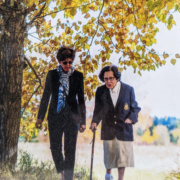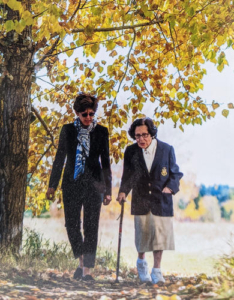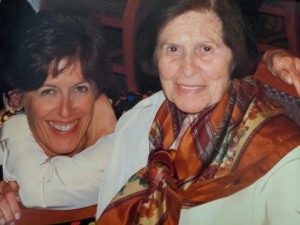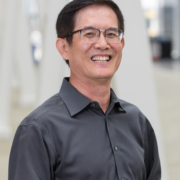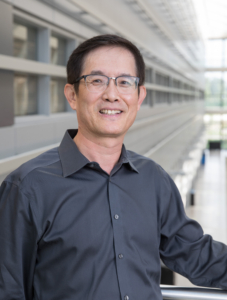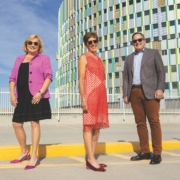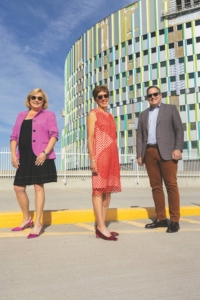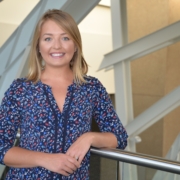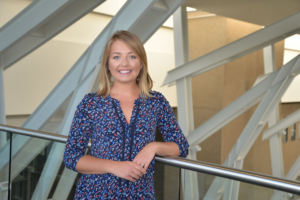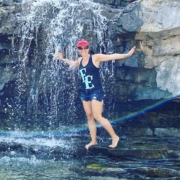Arrow Big Smoke — Indigenous Cancer Patient Navigation
Arrow Big Smoke, a proud member of the Piikani Nation, supports Indigenous people in Alberta impacted by cancer.
Finding yourself in the medical world, juggling appointments, therapies and treatments is intimidating. It’s even more complicated if you speak another language or have unique personal needs. With the support of enhanced navigation for certain patient populations, these patients and their families are better able to focus on healing and less on figuring out a complex health care system. One of these navigation services includes the current Indigenous Cancer Navigation Program.
Over the last few decades, cancer rates in Indigenous people have increased rapidly, with patients typically being diagnosed in the later stages (stages 3 and 4). Due to barriers to screening programs, long distances between home and cancer centres, and a lack of culturally-appropriate care and understanding, Indigenous patients are more likely to experience reduced quality of life and poorer outcomes.
Arrow Big Smoke, a proud member of the Piikani Nation, is passionate about providing quality health care for Indigenous people. Having worked in health care for over 10 years, she has personally and professionally witnessed the barriers that many Indigenous patients face when entering the health care system. “Throughout my journey, I have worked with and have seen Indigenous clients in emergency and cancer care, and I continually find that there are still gaps in understanding,” she says. “I have personally seen and experienced biases in health care, and that’s part of what fuels my passion to do better.”
In her role, Arrow, a registered nurse with specialized training in cancer care, helps patients understand their treatment pathway and manage some of the barriers and challenges they may face. This includes acting as an advocate and voice for patients and helping health-care professionals to better understand Indigenous peoples and their cultural ways, as well as the historical trauma that can affect a patient’s ability to access health services.
Arrow believes that providing this level of compassionate and personalized care to people that might otherwise fall through the cracks is an integral aspect of the navigation service. Not only does Arrow support patients through the healthcare system, she also focuses on closing the gaps by working with other professionals to develop and connect Indigenous patients to programs and community resources that support and advocate for them through their cancer journey. “I’m working closely with other providers to contribute to a system change,” shares Arrow. “But there’s still a lot of work that needs to be done to acknowledge bias and stereotypes within the health system. It deters people from wanting to come and see us.”
With an increased commitment to services for certain patient populations, including Indigenous patients and their families, Arrow is optimistic that the new Calgary Cancer Centre will work towards being an inclusive space where all can feel safe visiting and accessing treatment and care.



